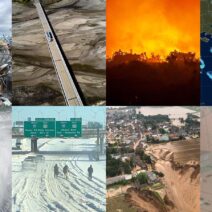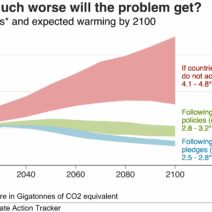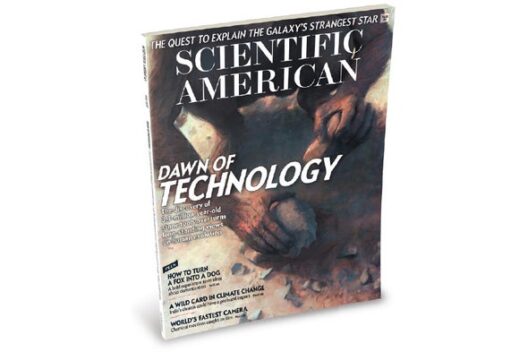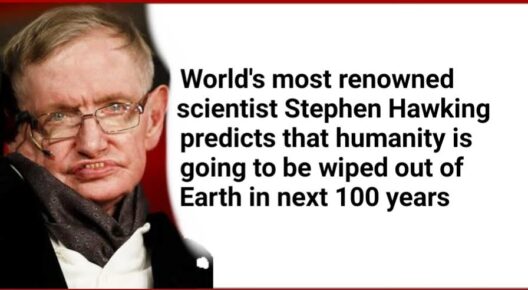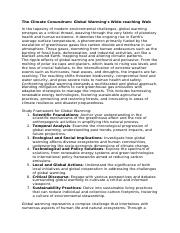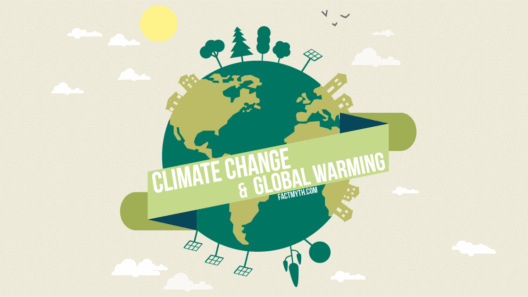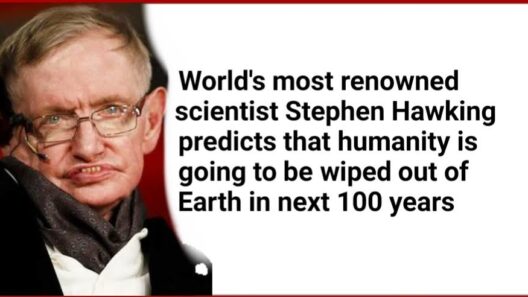The air we breathe is intrinsically linked to our very existence, yet it is increasingly tainted by human activities. This fundamental dichotomy—between the necessity of clean air and the pervasive pollution we create—invites profound reflection on our impact on the planet. The harmonious relationship between all living entities and their environment is fading, largely due to anthropogenic influences. This exposition aims to unveil the intricate web of pollution and its consequential effects on global warming.
Air pollution is not merely a localized issue; it is a labyrinthine phenomenon that transcends geographical boundaries. The deleterious effects of airborne contaminants can be traced back to various human activities, primarily industrialization, vehicular emissions, and agricultural practices. As factories emit noxious gases and particulate matter into the atmosphere, the air quality deteriorates, engendering a plethora of health complications for both humans and wildlife alike. Moreover, urban areas equipped with dense vehicular traffic exude significant quantities of nitrogen oxides and volatile organic compounds, further compounding this dire situation.
As the curtain rises on the modern era, the consequences of such negligence are becoming painfully evident. The ramifications of pollution extend beyond respiratory ailments, venturing into the realm of climate instability. The accumulation of greenhouse gases, such as carbon dioxide and methane, escalates atmospheric temperatures, ushering in an era characterized by unpredictable weather patterns and extreme climate events. The correlation is irrefutable: the air laden with pollutants heats the Earth, orchestrating a symphony of ecological disarray.
However, the conundrum does not end with mere temperature fluctuations. Warming temperatures are intimately linked to the melting of polar ice caps and glaciers, delivering further distress signals to our planet. The Arctic, once a bastion of serenity, is now confronting existential threats as its ice melts at alarming rates. The ramifications are not limited to rising sea levels that threaten coastal communities; they extend to the disruption of delicate marine ecosystems, wherein species struggle to adapt to the rapidly altering conditions.
While air pollution and climate change are often viewed through a lens of abstract statistics, they resonate much more profoundly with concrete realities for countless individuals. Communities in industrial hotspots frequently suffer from chronic illness, with a disproportionate burden placed on vulnerable populations. Children, the elderly, and low-income families bear the brunt of this environmental malaise. The phenomenon is emblematic of a broader moral quandary: we are destroying the very foundation of life for those who contribute the least to the problem.
One cannot ignore the symbiotic relationship between air pollution and socio-economic factors. Fuel combustion, prevalent in lower-income neighborhoods, plays a pivotal role in exacerbating air quality degradation. Industries often gravitate towards areas with minimal regulatory oversight, resulting in a vicious cycle where economic exploitation culminates in environmental degradation. The communities trapped within this toxic nexus find themselves ensnared in a battle not only for clean air but also for basic human dignity and rights.
Addressing this multitude of concerns demands a multifaceted approach. Policymaking at both local and global levels must transcend rhetoric to embrace actionable frameworks that prioritize air quality and environmental sustainability. Stricter emissions regulations, the promotion of renewable energy sources, and the investment in public transportation systems are imperative. The transition from fossil fuels to cleaner alternatives is not merely advantageous; it is essential for curbing the insidious tide of pollution.
Moreover, public awareness campaigns play a crucial role in galvanizing community support for ecological initiatives. Education forms the bedrock of any significant change, fostering a sense of responsibility among citizens. By understanding the glaring link between individual actions and broader environmental consequences, communities can mobilize to demand accountability from both corporations and government entities.
In the age of technological innovations, solutions to this pervasive plight are within our grasp. Advancements in air purification technologies and carbon capture methods herald a new era of potential remediation. These innovations offer glimpses of hope, allowing us to reimagine a future where the air we inhale is devoid of toxins. However, embracing such paradigms necessitates a commitment to sustainability that permeates all strata of society.
The fascination with the air we breathe serves as a mirror reflecting our values and priorities. Each inhalation represents not only the sustenance of life but also a critical juncture at which we must choose between preserving our planet and succumbing to degradation. The narrative surrounding air pollution and global warming is not merely scientific; it is a moral imperative compelling us to act.
To avert the grim forecast that looms overhead, we must nurture a culture of stewardship towards our environment. This ideology must extend beyond political spectrums and socio-economic divides. As a collective, the onus lies upon us to advocate for policies that safeguard clean air, while simultaneously confronting the systemic inequities contributing to environmental degradation.
In summation, the air we breathe and the planet we impact are inexorably intertwined. The pollution that emanates from our actions not only affects our health but alters the intrinsic balance of the ecosystems we inhabit. Future generations depend on our choices today as we traverse the precipice of environmental crisis. It is incumbent upon each of us to strive towards a more harmonious coexistence with nature, championing initiatives that seek to restore and protect the air and land we so often take for granted.

